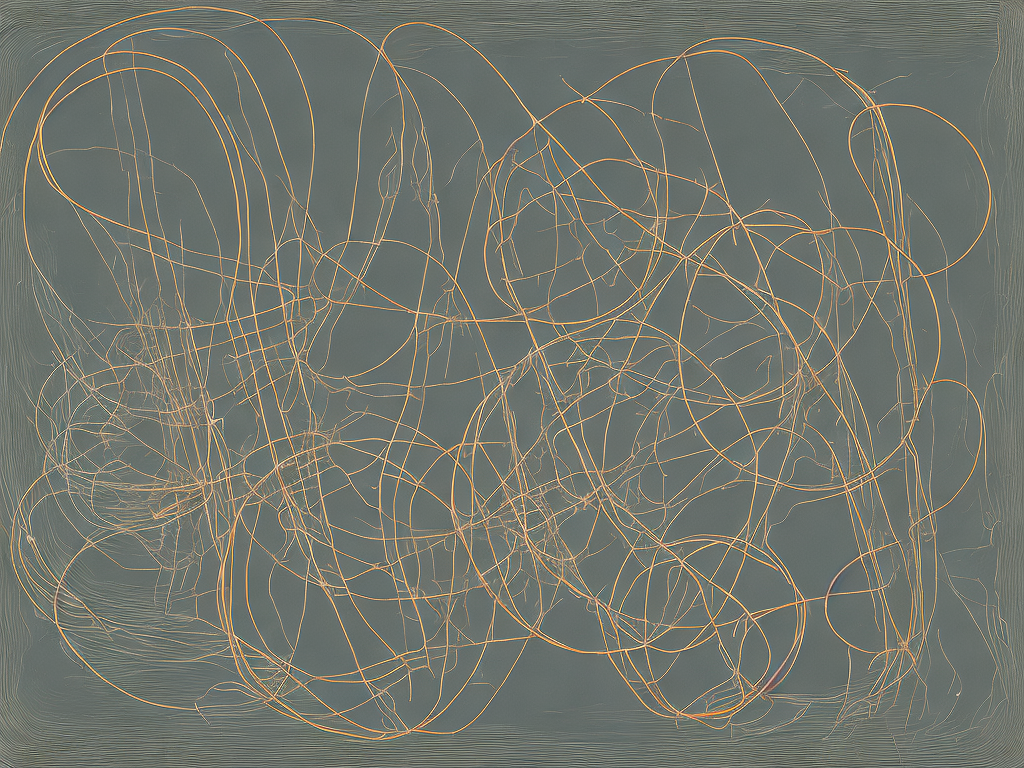
The primary goal of physics is to describe various physical phenomena using mathematical formulas, models, and principles. A crucial aspect of these formulas is that they are expressed in terms of units that help to quantify and measure the properties associated with the phenomenon.
One such property in physics is resistivity, which represents the ability of a material to resist the flow of electric current. It is a fundamental physical parameter that is used to understand the behavior of electrical conductors, semiconductors, and insulators.
The dimensional formula of resistivity defines the units used to measure resistivity. It provides a framework to understand how resistivity varies with factors such as the length and diameter of the wire and the material properties of the conductor.
Deriving The Dimensional Formula of Resistivity:
The dimensional formula of resistivity can be derived from the basic formula that relates the resistance of a conductor to its length, cross-sectional area, and resistivity.
The formula for electrical resistance is as follows;
R = (ρ*l) / A
Where;
R = Electrical Resistance
ρ = Resistivity
l = Length of the conductor
A = Cross-sectional area of the conductor
The unit of resistance is Ohms, which is equivalent to volts per ampere (V/A). Therefore, we can write the formula for resistivity in terms of its dimensions as follows;
Dimensions of Resistivity, [ρ] = [R] * [A] / [L]
Where,
[R] = Dimensional unit of resistance, Ohms
[A] = Dimensional unit of area, m²
[L] = Dimensional unit of length, m
The unit of Resistivity can, therefore, be written as Ohms. Meter [Ω.m] and is the combination of Ohms and meters.
Significance Of Resistivity:
Resistivity is a significant physical parameter in a wide range of applications, such as power transmission, electronics, and telecommunications. The resistivity of a material is inversely proportional to its conductivity.
Materials with high conductivity and low resistivity, such as copper and gold, are suitable for power transmission, whereas materials with low conductivity and high resistivity, such as rubber and glass, are insulators that are used in electrical safety equipment.
In addition to the material properties, resistivity depends on factors like temperature, pressure, and humidity. A change in any of these parameters can impact the resistivity of a material, which can affect its performance in various applications.
Conclusion:
The dimensional formula of resistivity in physics plays a critical role in understanding the electrical properties of materials. It provides a framework for scientists and engineers to describe and measure electrical resistivity in a quantitative and precise manner. By understanding the dimensional formula of resistivity, one can determine how the resistivity of a material changes with parameters such as length, area, and temperature. Therefore, knowing the correct units of measurement is essential for accurate scientific analysis and engineering applications.
 Self-Instruct
Self-Instruct